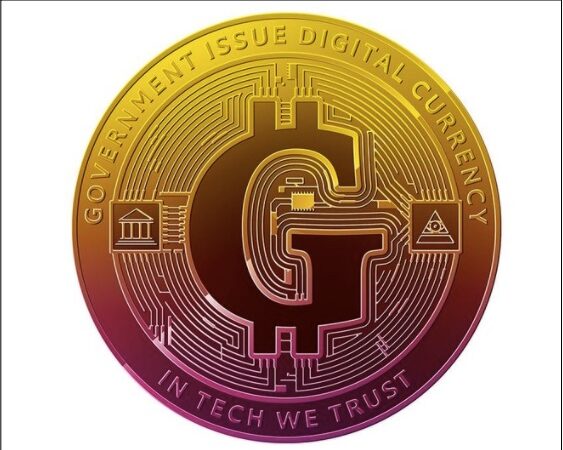|
The rise of technology has revolutionized various aspects of our lives, and one area that has undergone a significant transformation is e-commerce. In recent years, the advancements in technology have greatly impacted the online shopping experience, making it more convenient, personalized, and secure for consumers worldwide. One of the key technological advancements that has fueled the growth of e-commerce is mobile devices. With the proliferation of smartphones and tablets, consumers now have the ability to shop anytime and anywhere. Mobile apps and responsive websites have made it easier for users to browse products, compare prices, and make purchases on the go. This shift towards mobile commerce, or m-commerce, has led to a surge in online sales, as consumers increasingly prefer the convenience of shopping from their mobile devices. Another significant development in e-commerce technology is the integration of artificial intelligence (AI) and machine learning. AI-powered algorithms analyze vast amounts of data collected from user behavior, preferences, and purchase history to provide highly personalized product recommendations. This level of personalization not only enhances the shopping experience but also increases conversion rates as customers are more likely to find products that align with their individual tastes and needs. Additionally, AI is being used to improve customer service through chatbots and virtual assistants, streamlining the customer support process and providing quick responses to inquiries. Furthermore, the emergence of virtual reality (VR) and augmented reality (AR) technology has brought immersive experiences to online shopping. VR allows customers to virtually explore products and visualize how they would look or fit in real life, giving them a better understanding of the item before making a purchase. On the other hand, AR overlays digital information onto the physical world, enabling consumers to try on virtual clothes or place furniture in their living spaces using their smartphone cameras. These technologies bridge the gap between online and offline shopping, enhancing customer confidence and reducing the likelihood of returns or dissatisfaction. In terms of payment options, technology has facilitated secure and seamless transactions. The widespread adoption of digital wallets, such as Apple Pay, Google Pay, and PayPal, has simplified the checkout process by eliminating the need to enter credit card details for every purchase. Moreover, blockchain technology has introduced decentralized and transparent systems, offering secure and tamper-proof transactions for cryptocurrencies like Bitcoin. These advancements in payment technology have instilled trust and confidence among online shoppers, further boosting e-commerce growth. Lastly, the integration of big data analytics has empowered businesses to gain valuable insights into consumer behavior, market trends, and inventory management. By analyzing large datasets, e-commerce retailers can optimize their inventory levels, anticipate demand patterns, and personalize marketing campaigns to target specific customer segments more effectively. This data-driven approach not only improves operational efficiency but also enables businesses to make informed decisions that drive customer satisfaction and profitability. In conclusion, technology has played a pivotal role in shaping the e-commerce landscape. From mobile commerce and AI-powered personalization to VR/AR experiences and secure payment options, advancements in technology have transformed the way consumers shop online. As technology continues to evolve, we can expect even more innovative solutions that will revolutionize the e-commerce industry and provide consumers with seamless and enjoyable shopping experiences.  |
